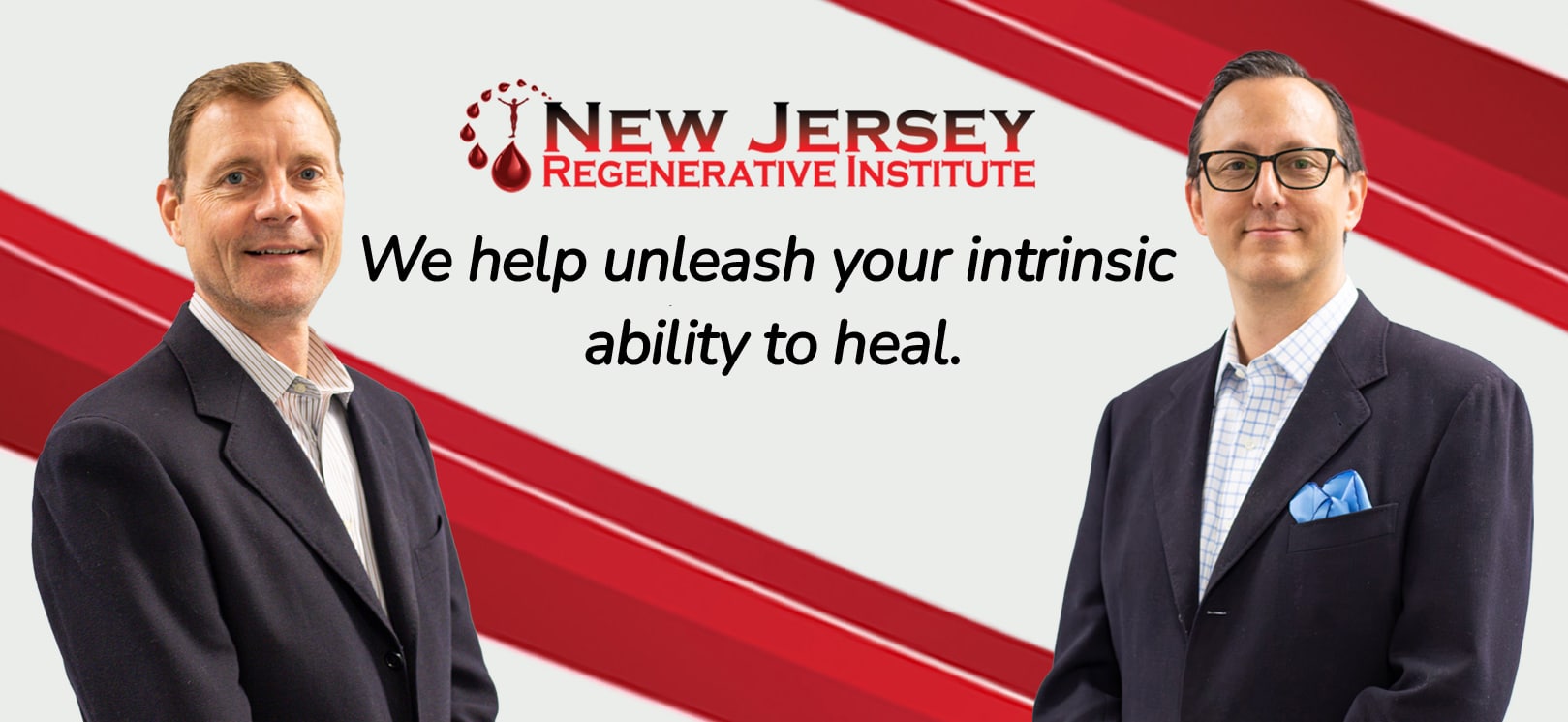Blog
A Simple Guide to Modern Regenerative Treatments and When They Might Be Right for You
Over the years at New Jersey Regenerative Institute, We’ve had countless conversations with people who are trying to make sense of their options. Many have been in pain for a long time. Some are healing from injuries that never felt quite “finished.” Others are trying to stay active as they age and want to avoid…
How stem cells power regenerative medicine to repair tissues and support faster healing
When I think about how regenerative medicine has evolved, what stands out most is how it’s changing the way people recover. For a long time, medical care focused mainly on controlling pain or managing symptoms. Regenerative care takes a different direction; it works with the body’s own biology to promote repair and restore function. At…
Explains the role of stem cells in repair, regeneration, and clinical decision-making
One of the most rewarding parts of working in regenerative medicine is seeing how the body can heal itself when given the right support. Every day at New Jersey Regenerative Institute, we see patients recover movement, strength, and confidence using the same biology that once seemed beyond their reach. Stem cells play a major part…
Overview of regenerative care and the natural processes it supports for repair and recovery
At New Jersey Regenerative Institute, we’ve learned something simple over the years of practice the body wants to heal. Sometimes it just needs a little help getting there. That’s what regenerative care is all about. We work with patients dealing with knee, shoulder, or spine pain, often after injuries that never healed quite right. Others…
Understanding Regenerative Care and the Body’s Natural Repair Process
At the New Jersey Regenerative Institute, we see every day how the body’s ability to heal itself can surprise even those who have been living with pain for years. People often come to us after trying everything therapy, medication, even considering surgery yet still searching for lasting relief. That’s where regenerative medicine comes in. It…
Continue Reading Understanding Regenerative Care and the Body’s Natural Repair Process

NJRI YouTube Channel
Subscribe to our YouTube Channel! Ditch the short-term fixes and dive deep into evidence-based solutions for your aches and pains. Here, we provide powerful alternatives to a total knee replacement. We empower you with innovative knowledge on the power of regenerative medicine. Everyone deserves a healthy, sustainable solution to knee pain.





